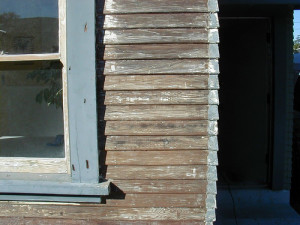 “Unruly Lead Paint Rule,”
“Unruly Lead Paint Rule,”  by Angela Logomasini
by Angela Logomasini
The U.S. House of Representatives Committee on Oversight and Government Reform recently released an interesting report on regulatory impediments to job creation. Among the items discussed is the U.S. Environmental Protection Agency standard related to remodeling homes that contain lead-based paint. The standard requires contractors to test pre-1978-built homes for lead paint and then apply certain safety practices if they find it. It also requires contractors to take classes and gain certifications to work in homes with lead paint. A provision originally allowed homeowners with no children or pregnant women in the home to opt-out of testing, etc., but the Obama EPA eliminated that provision even though lead only poses risks to children under six who are exposed to relatively high amounts over a period of time.
There are many problems with the standard, but perhaps the most obnoxious is the fact that it encourages people to either break the law by hiring non-certified contractors or to avoid using professionals altogether. Accordingly, rather than improve safety, it simply harms small businesses that are working hard to be good citizens by complying with the law. The Committee report explains:
The National Federation of Independent Business (NFIB) adds that the removal of the opt-out provision “ha[s] led homeowners to explore using ‘underground’ contractors that do not comply with the EPA’s requirements at all.” Indeed, a survey conducted by the National Association of the Remodeling Industry shows that 77 percent of homeowners are avoiding the rule by doing remodeling work on their own, or hiring a non-certified contractor to perform the work. Therefore, the rule may be increasing the risk of exposure to lead paint, as well as negatively affecting certified contractors’ ability to compete. As evidence, the National Lumber and Building Material Dealers Association states that “legitimate businesses complying with the LRRP rule cannot compete for much needed work against non-compliant contractors that, ironically, lack the training to actually perform lead-safe renovations and prevent lead hazard exposures.” The Small Business Administration Office of Advocacy comments that “[r]eform of the expensive requirements of the current LRRP rule continues to be one of the highest priorities of the small business community.” This is unsurprising as the opt-out provision had saved the industry approximately $500 million in compliance costs.
Image credit: Tall Chris on Flickr.

